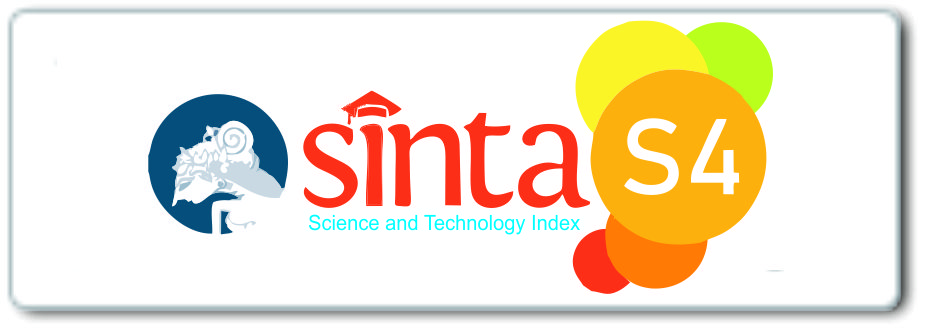Komodifikasi Pesan Dakwah Pada Iklan Pertamina Versi Tabungan Terbaik di Televisi
Abstract
Keywords
Full Text:
PDFReferences
Liliwei, Alo. 1992, Dasar-dasar Komunikasi Periklanan, Bandung: PT. Citra Aditya Bakti.
Keller, dkk., 2009, Manajemen Pemasaran, ed. 13, jil. 2, Jakarta: Erlangga.
Amin, Samsul Munir. 2009, Ilmu Dakwah, Jakarta: Amzah.
Halim, Syaiful. 2013, Postkomodifikasi Media: Analisis Media Televisi Dengan Teori Kritis dan Cultural Studies, Yogyakarta: Jalasutra.
Sukmono, Gita Sukmono, dkk.2013, Ekonomi Politik Media: Sebuah Kajian Kritis, Yogyakarta: LingkarMedia.
Purwodarminto, WJS. 1984, Kamus Umum Bahasa Indonesia, Jakarta: PN. Balai Pustaka.
An Nabiri, Fathul Bahri., 2008, Meniti Jalan Dakwah: Bekal Perjuangan Para Da’i, Jakarta: Amzah.
Bakhtiar, Wardi. 1981, Metode Penelitian Ilmu Dakwah, Jakarta: Logos.
Omar, Toha Yahya. 1984, Ilmu Dakwah, Jakarta: Wijaya.
Anshari, Hafi. 1993, Pemahaman dan Pengamalan Dakwah, Surabaya: Al Ikhlas.
Badjuri, Adi. 2010, Jurnalistik Televisi, Yogyakarta: Graha Ilmu.
Kuswandi, Wawan. 1996, Komunikasi Massa, Sebuah Analisis Media Televisi, Jakarta: PT. Rineka Cipta.
Latief, Rusman., Utud Yusiatie. 2015, Siaran Televisi NonDrama, Kreatif, Produksi, Public Relations, dan Iklan, Jakarta: Prenadamedia Group.
Pratilima, Hamid., 2013, Metode Penelitian Kualitatif, Bandung: Alfabet.
Eriyanto, 2006, Analisis Wacana: Pengantar Analisis Teks Media, Yogyakarta: Lkis.
Haryatmoko,2017, Critical Discourse Analysis (Analisis Wacana Kritis: Landasan Teori, Metodologi, dan Penerapan, Jakarta: Rajawali Pers.
Burton, Graeme., 2007, Membincangkan Televisi, Sebuah Pengantar Kepada Studi Televisi Yogyakarta: Jalasutra.
Faizah., Efendi, Lalu Muchsin., 2006, Psikologi Dakwah, Jakarta: Prenadamedia Group
DOI: http://dx.doi.org/10.29240/jdk.v3i2.643
Refbacks
- There are currently no refbacks.
Copyright (c) 2019 Miftahul Huda

This work is licensed under a Creative Commons Attribution-NonCommercial-ShareAlike 4.0 International License.
INDEXED BY:
 This work is licensed under a Creative Commons Attribution-NonCommercial-ShareAlike 4.0 International License.
This work is licensed under a Creative Commons Attribution-NonCommercial-ShareAlike 4.0 International License.















